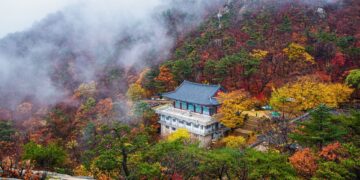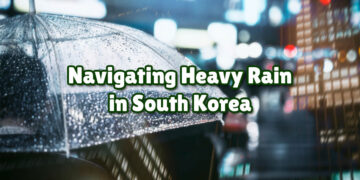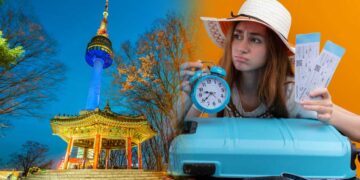Imagine the worst has actually happened! You have safely landed, the skyline is humming beautifully, and your heart’s set on adventure. Yet, something just doesn’t feel right. Your hotel is cancelled, and your train’s gone. That beautiful sky just now? It suddenly cracks open in rain. Now, your perfect itinerary doesn’t feel so perfect anymore. So, what to do when your travel plans go wrong? If you’re traveling in Korea, don’t panic. This country is built for moments like this. And so, here’s your practical survival guide for a last-minute travel disaster in South Korea.
P.S: You might want to save this page—just in case.
When Travel Goes Off-Script in Korea: Here’s A Last-Minute Survival Guide
Every traveler has a vision before arriving in South Korea. Maybe yours involved hanbok photo shoots in Gyeongbokgung, fried chicken by the Han River, or that romantic snow-dusted moment straight out of a K-drama.
But travel—especially in a country as fast-moving and weather-sensitive as Korea—rarely sticks to the script.
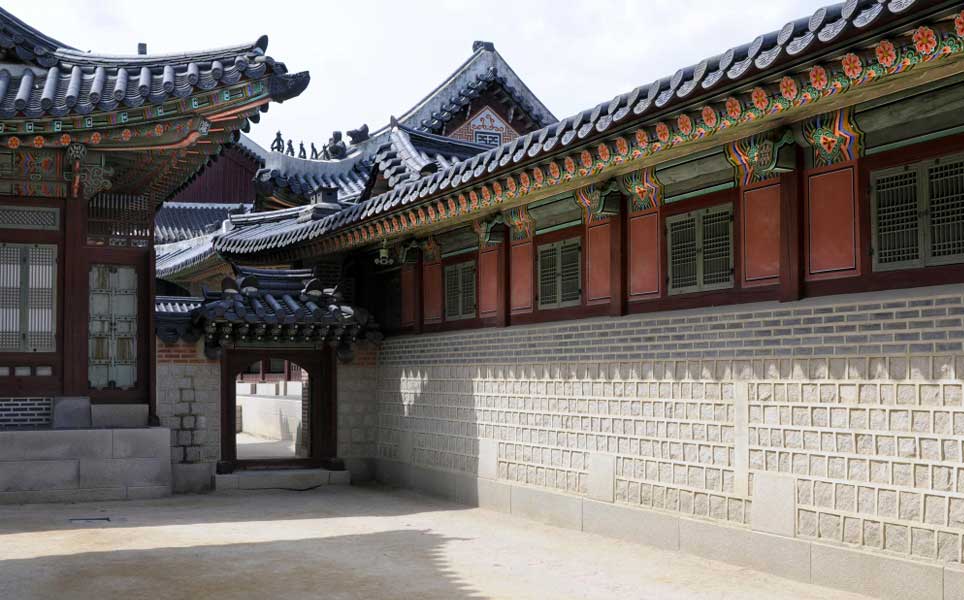
What most overseas travelers don’t realize is just how recovery-ready Korea actually is. Behind the rapid transit and café-scented streets, this country quietly excels at Plan B. There’s a cultural rhythm here—a way locals bounce back from delays, bad weather, or sudden changes. And that mindset? It’s available to you, too.
This isn’t your usual “top 10 tips” list. This is your emotional and practical backup plan when things unravel. Because the truth is, your best Korean memories might begin the moment your itinerary falls apart.
Ready? Let’s walk you through what to do when nothing goes as planned—but Korea still shows up for you.
When Your Hotel Cancels—Where to Sleep Without Losing Your Mind (or Budget)
Last-minute lodging disasters can feel like being stranded in an unfamiliar universe—but don’t worry, you’ve got more options than you think.
1. Jjimjilbang (찜질방)
Jjimjilbang is Korean sauna, but they’re nothing like what you have back home. In South Korea, these places are an essential part of Korea’s hidden hospitality culture. And they might just be here to save you today.
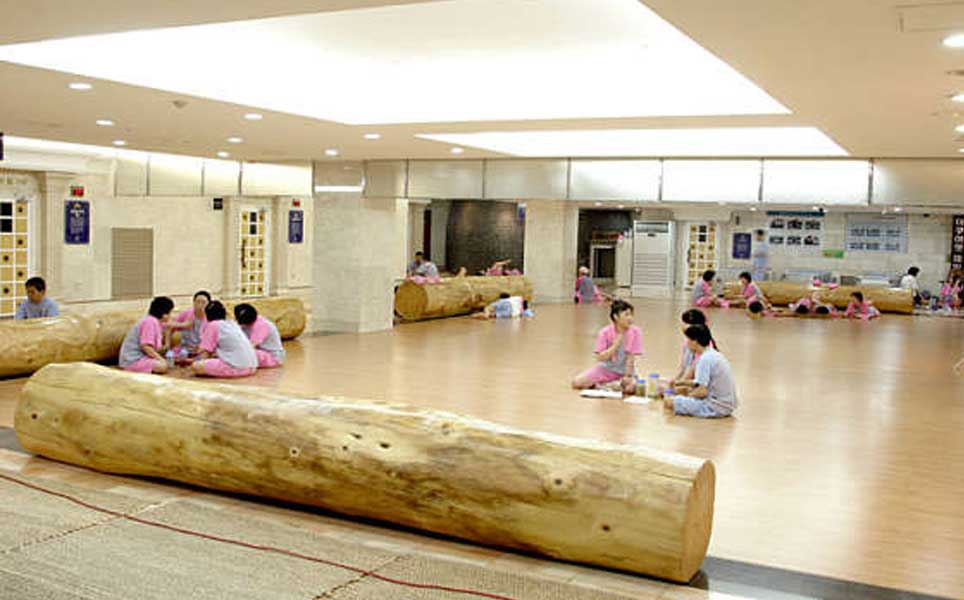
At Jjjimjibang, you will be able to enjoy services with just under ₩20,000 (around $15 USD), including:
- Heated floors for sleeping
- Personal lockers for your stuff
- Multiple saunas and hot baths
- Cafeteria-style Korean comfort food
- A quirky, ultra-local experience
Some jjimjilbangs even offer capsule-style nap pods or gender-specific sleeping halls. And yes, it’s totally safe and common for solo travelers.
Traveler Favorites (check out our guide on Best Jjimjilbang in Seoul here)
- Siloam Sauna (Seoul Station) – 24/7, family-friendly, easy access
- Spa Land Centum City (Busan) – upscale, modern, located in Shinsegae mall
- The Spa in Garden 5 (Seoul/Songpa) – chic, relaxing, near Lotte World
REMEMBER: Pack a small towel and clean socks if you have them—they’re appreciated!
2. Capsule Hotels & Goshiwons
If you need a secure bed and a door that locks, Korea’s capsule hotels and goshiwons (micro-studios) are built exactly for moments like this. Now, you’ll usually find them in these locations:
- Around major train stations (Seoul Station, Dongdaegu, Busan)
- Near university zones (Hongdae, Sinchon, Haeundae)
- Inside apps like Yanolja, GoodChoice (여기어때), or Agoda Korea
Many support foreign cards and offer English-language interfaces. No-frills, no drama.
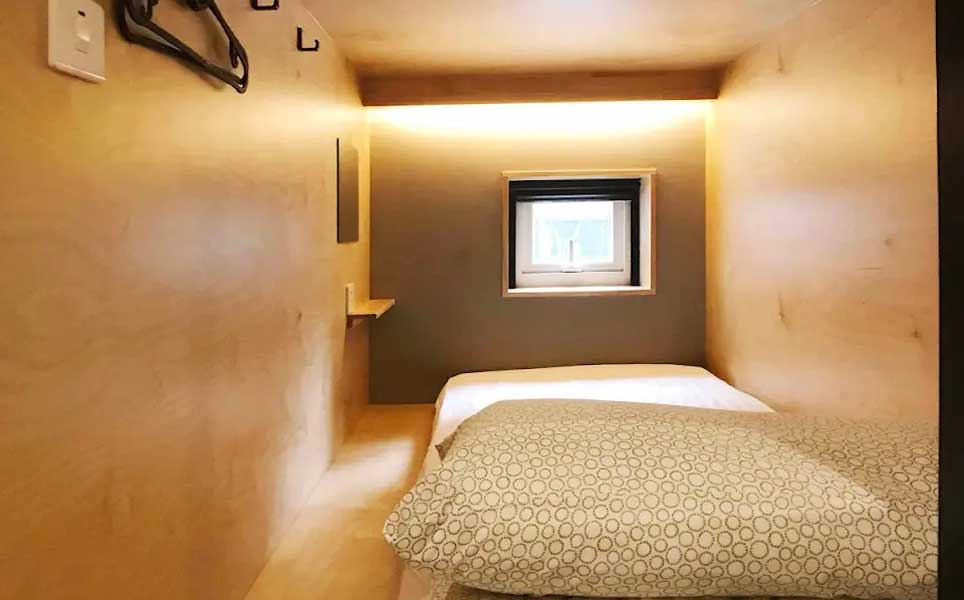
3. Emergency Airbnb? It Happens.
Don’t just hit “Book Now” and hope. Message the host directly. Explain your situation. If you’re already in Korea and looking for a same-night check-in, many hosts will prioritize your request—especially if the unit’s already clean and unoccupied.
Bonus: Airbnb’s map search feature helps you find something close to wherever you’re stranded.
Missed Your Train? Korea Has a Fix for That
Transportation in South Korea is famously punctual—until you miss your timing. But don’t worry, that empty platform doesn’t mean the journey’s over.
1. Check for last-minute cancellations.
Some KTX and ITX tickets get returned moments before departure, but they don’t show up online. Head straight to the ticket counter and ask, “취소된 좌석 있어요?” (Do you have any canceled seats?). You might snag a seat someone just gave up.
2. Turn to intercity buses.
While trains grab headlines, Korea’s bus system is fast, frequent, and wildly reliable—especially on popular routes like Seoul–Daejeon or Seoul–Gwangju. Just head to the terminal (like Seoul Express or Nambu) and grab a ticket on-site. And if you’re in need of real-time updates, you can use Bustago or Kobus.
3. Kakao T Call Vans for the long haul.
Now, if you’re traveling with others or hauling serious luggage, Call Vans will be your quiet rescue plan. Flat-rate, long-distance, and bookable anytime through Kakao T or T Map Taxi—even late at night.
Bad Weather Just Wiped Your Itinerary: Another Last-Minute Travel Survival Guide in Korea
Korean rain doesn’t ease in. It arrives with drama—turning gentle drizzles into sudden downpours that shred even the best-laid travel plans But indoors? That’s where Korea’s hidden comfort truly shines.
COEX Mall (Seoul)
This isn’t just a shopping center—it’s an underground city with designer stores, a massive aquarium, a famous library, and cozy cafés where you can wait out any storm in style.
Seoul Book Bogo
A bibliophile’s dream disguised as an art installation. Shelves of vintage books stretch across a space that’s part museum, part photo zone, all warmth.
Hanbok photo studios
No need for palace gardens. Step into a traditional hanbok, strike a regal pose, and create your own K-drama moment—rain or not.
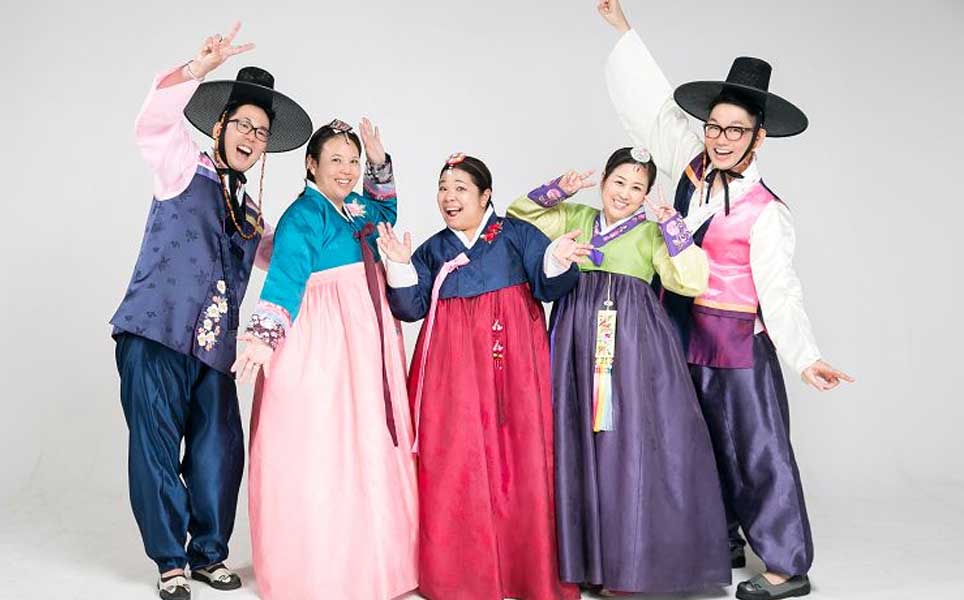
Traditional tea houses in Insadong or Jeonju
Tucked into quiet alleys, these warm, fragrant spaces serve omija or ginseng tea while the world slows down outside.
Apps and Tools to Better Navigate Last-Minute Travel Survival Guide in Korea (Install NOW!)
Korea doesn’t wait—and neither should you when plans go sideways. These apps aren’t just helpful; they’re your real-time lifeline when things don’t go as expected:
Papago
Google Translate stumbles with Korean nuance. Papago doesn’t. Use its camera mode to scan menus, signs, or even handwritten notes—and actually understand them.
Naver Map or KakaoMap
Forget Google Maps. These are the true navigation heroes in Korea. They give accurate walking times, real-time transit info, and even help you find hidden shortcuts.
Shuttle Delivery or Yogiyo
Stranded in a sauna? Rained out in a capsule hotel? Get comfort food delivered right to your location—even jjimjilbang lobbies or riverside picnic benches.
Yanolja / GoodChoice (여기어때)
These booking apps are fast, bilingual, and don’t require a Korean credit card. Perfect for last-minute accommodation without the usual stress.
Kakao T
This is your ride-hailing essential—taxis, bikes, and long-distance call vans, all in one app. Works in nearly every region, even late at night.
When You Feel Lost—Culturally, Logistically, Emotionally
Here’s what most travel guides skip: sometimes, you just feel off. It can be the jet lag. Or your plans have probably crumbled. Or perhaps you’re just… overwhelmed.
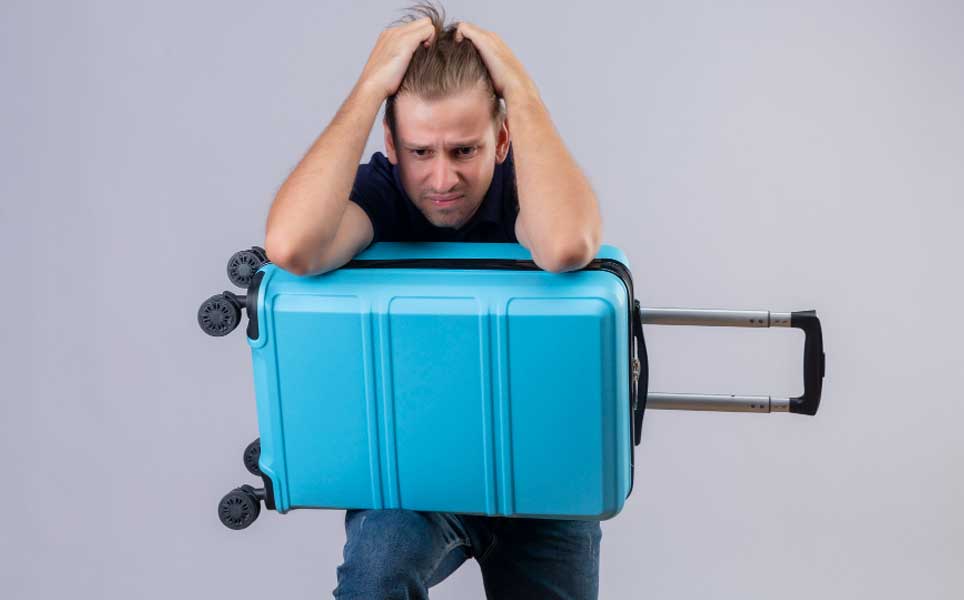
That’s okay. Even locals reset all the time.
In Korean culture, strength isn’t just about powering through—it’s about knowing when to pause and recover. So, take a beat and borrow a few local resets that actually work:
Eat something warm and grounding.
A steaming bowl of tteokguk or samgyetang can feel like emotional CPR. You’ll feel it in your body and mood.
Go to a Jjimjilbang.
Nothing recalibrates your stress when your Korea travel plans go wrong like soaking in mineral baths, sweating it out in a salt sauna, or just lying on a heated floor with barley tea in hand. This will help you get grounded and think clearly as you think around this last minute Korea travel survival guide.
Find stillness in a hanok alley or temple.
Walk through Bongeunsa in Seoul, or get lost in the timeless streets of Jeonju Hanok Village. When your Korea travel plans go wrong, these places don’t just calm your senses as you navigate this last-minute survival guide, but they will also reset your rhythm.
Hot tip: Keep the 1330 Korea Travel Hotline on speed dial. It’s 24/7, multilingual, and designed for travelers just like you.
What to Remember When Everything Goes Wrong
Maybe your hotel just vanished from the app, maybe the train left without you, or maybe the sky cracked open the moment you stepped out in your best hanbok.
But here’s the thing: your trip didn’t fall apart. It just… shifted.
In Korea, the unexpected often leads to moments you couldn’t have planned—moments that feel more like a memory than a mistake. A hidden alley café that serves the best sujeonggwa you’ve ever tasted. A kind stranger who walks you to your guesthouse when maps fail. A missed train that lets you see Seoul glowing at midnight.
You weren’t supposed to follow the itinerary. You were supposed to live a story.
And if this story starts with a cancellation or a sudden downpour, it might just end with something more unforgettable than your original plan.
So next time you ask, “What do I do now?”—turn the page.
You’re in South Korea. There’s always a next chapter waiting.
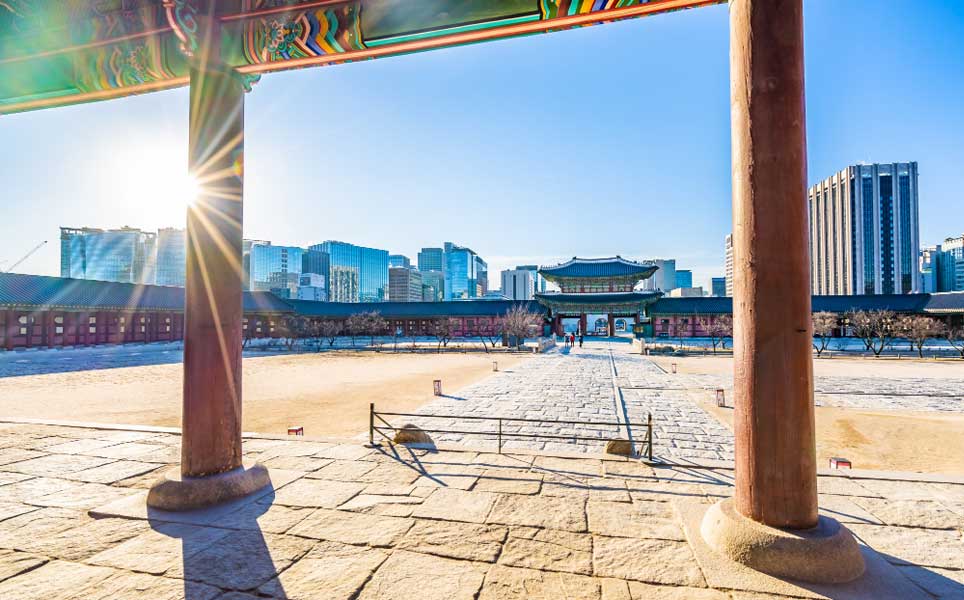
Related Posts
1,476 total views, 13 views today


